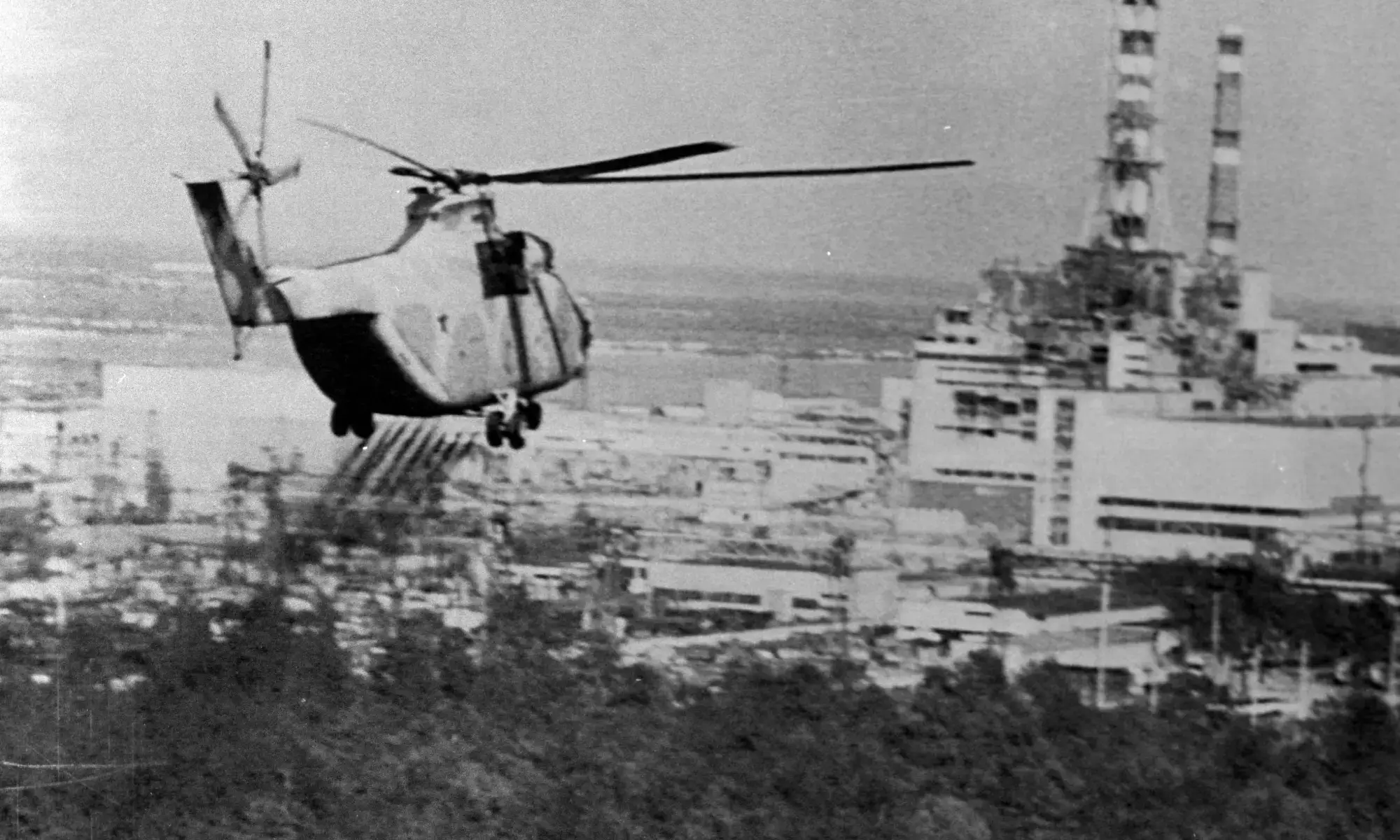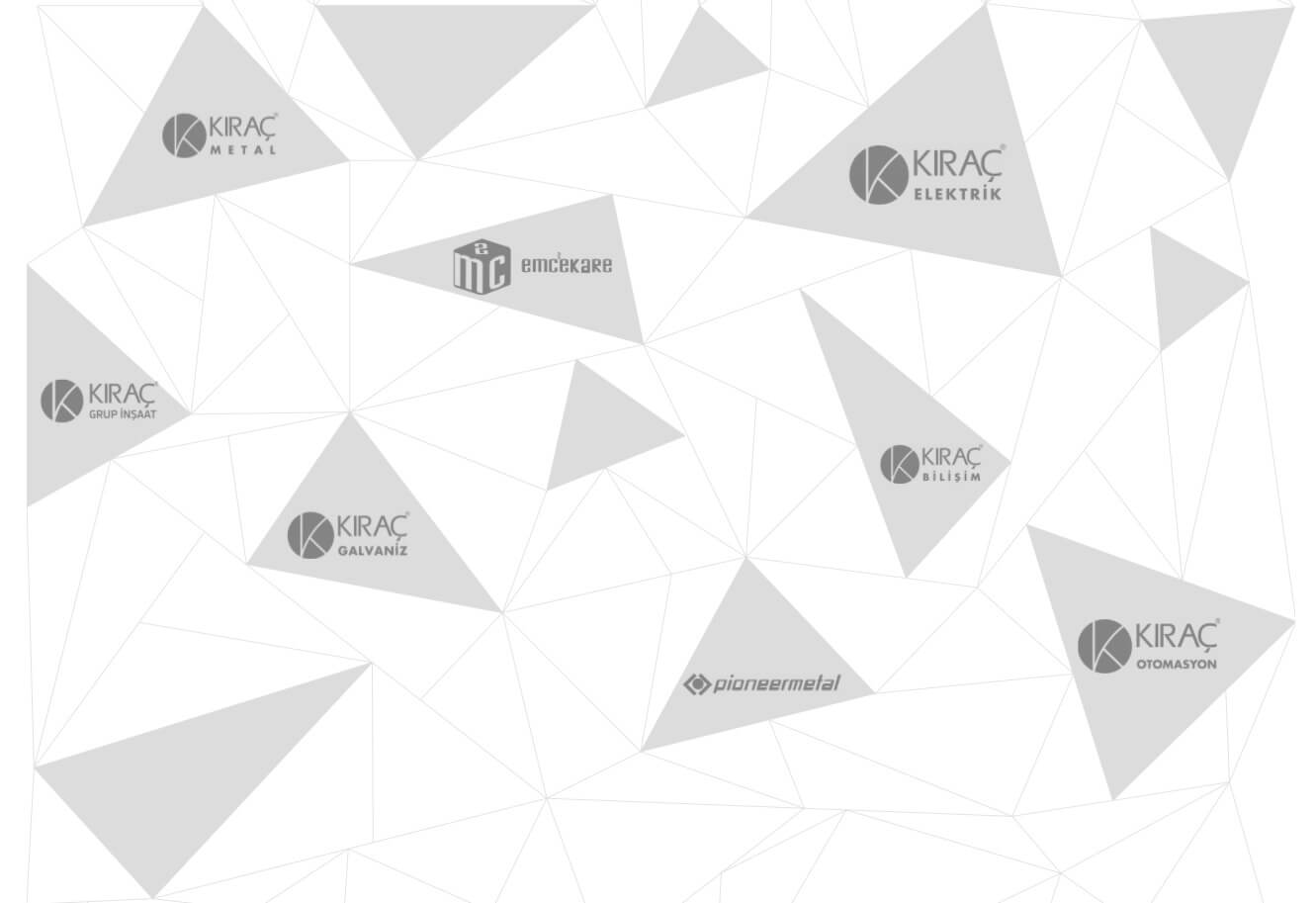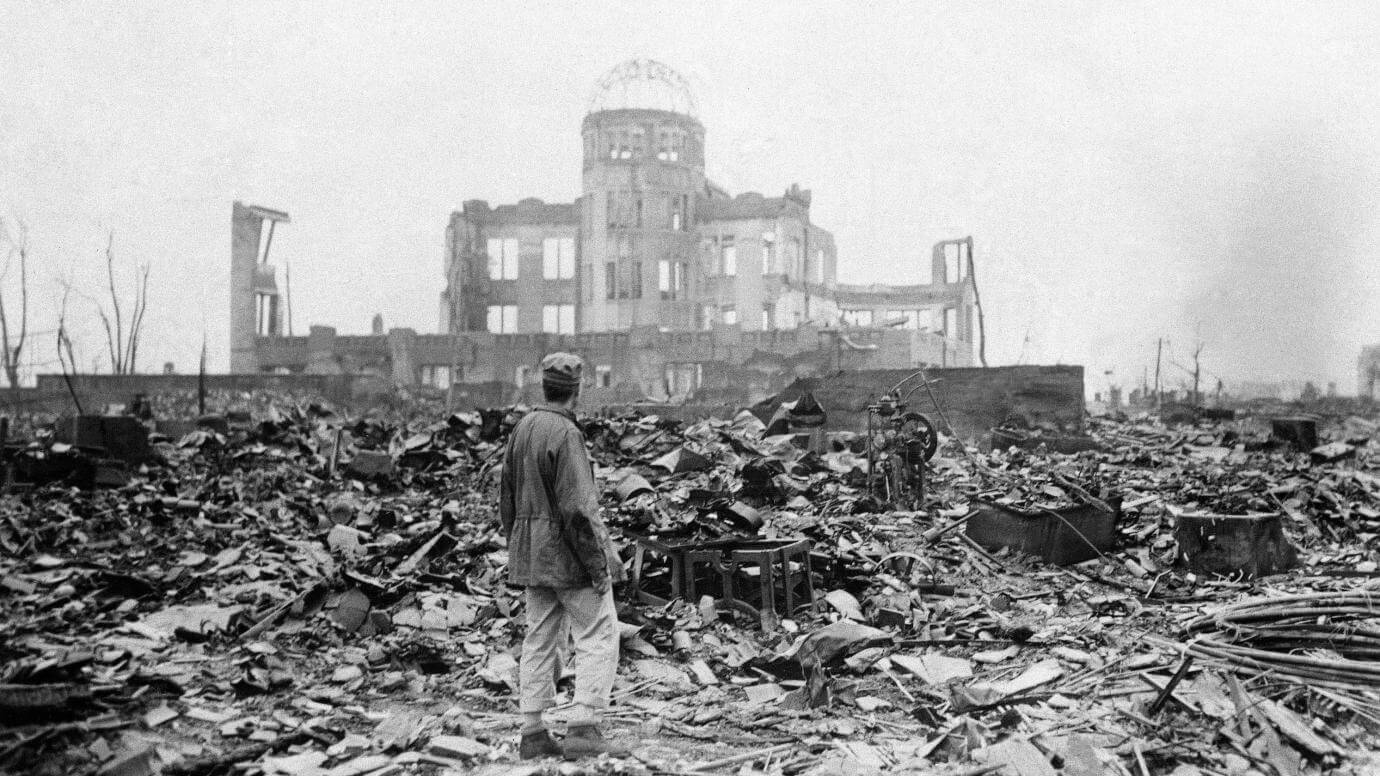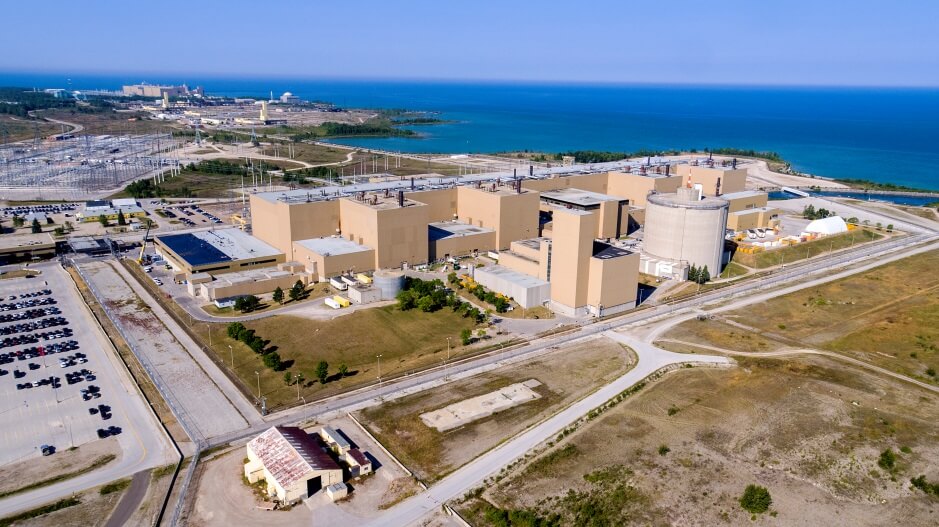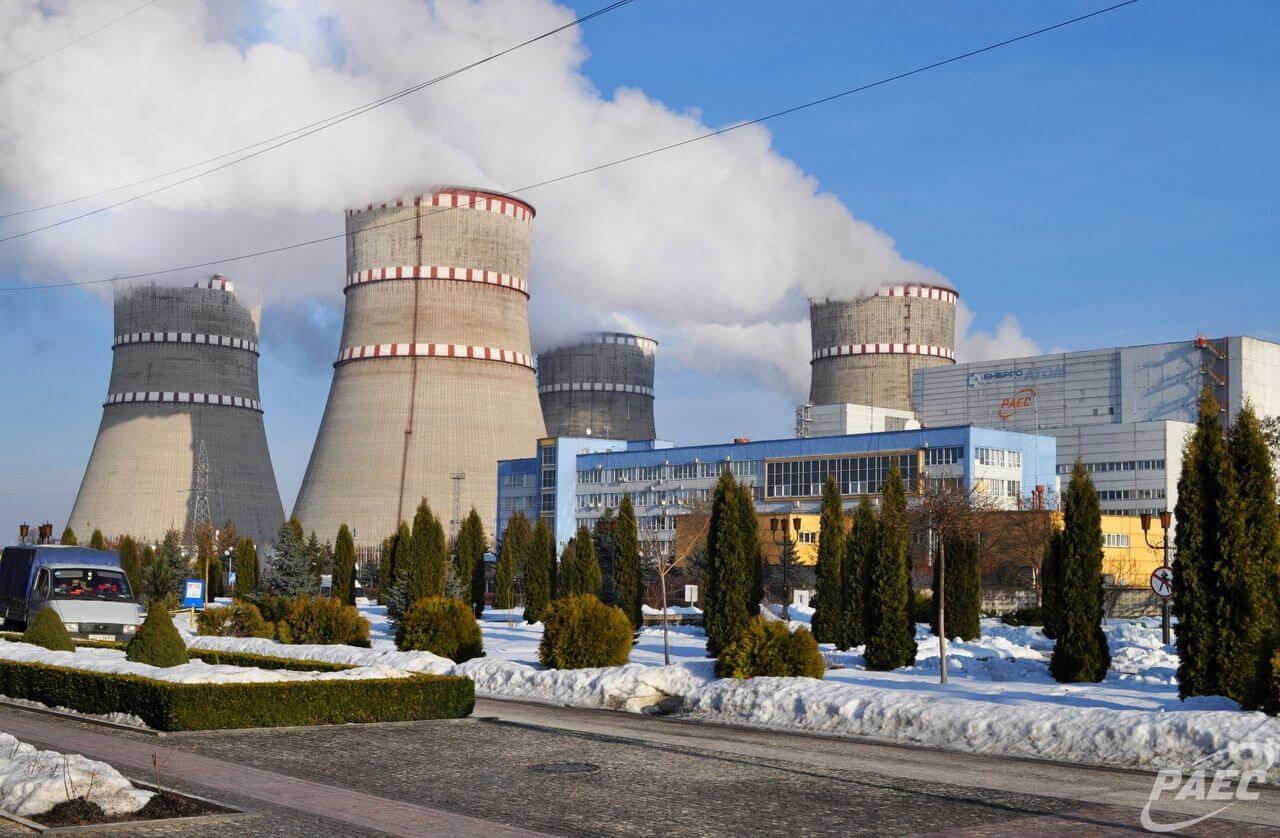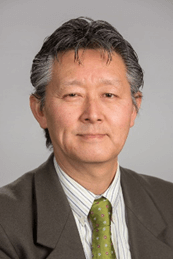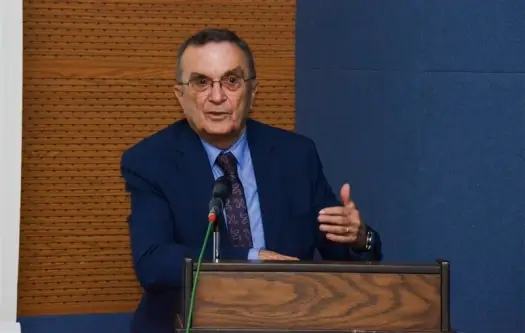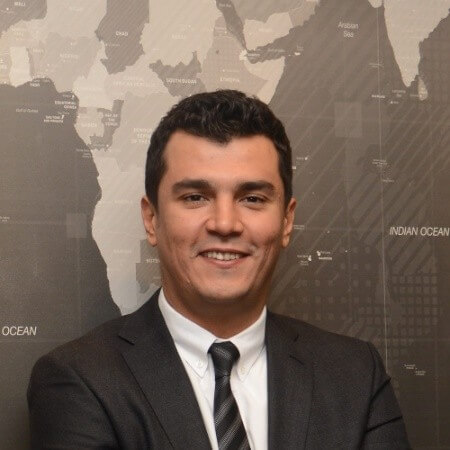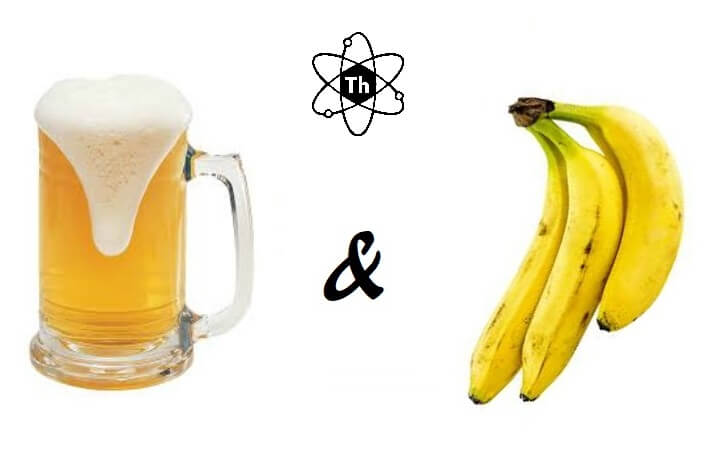Created by Jeremiah Josey and the team at The Thorium Network
Three Mile Island, Chernobyl and Fukushima
No other technology produces energy as cheaply, safely and continuously on a large scale as nuclear power. No other energy source can match nuclear power’s low environmental impact, partly because its energy density is a million times greater than that of fossil fuels – and more so for wind or solar.
As of 2016, the world’s 400 + nuclear reactors created about 15% of our electricity. France, alarmed by the cost of petro-fuels, went to 70% nuclear in just 16 years, and Finland, now at 30%, is aiming for 60%. Sweden is adding 10.

Nuclear France emits about 40 grams of CO2/kWh, but Germany, the US, Japan and most industrialised nations emit 400 – 500 grams per kiloWatt hour – ten times more per kWh than heavily nuclear France. Compared to fossil fuel-reliant wind and solar farms, nuclear power is a gift from the energy gods.
Finland doubles down on nuclear power as coal heads out the door

Nuclear power, being CO2-free, is by far the most effective displacer of greenhouse gases, so how can my fellow “greens,” oppose nuclear power when the environmental costs of burning carbon-based fuels are so high?
Dr. James Lovelock, a patriarch of the environmental movement, has begged people to support nuclear energy: “Civilization is in imminent danger and has to use nuclear power, the one safe, available, energy source now or suffer the pain soon to be inflicted by an outraged planet.”
In May, 2014, Robert Bryce wrote in Bloomberg View,
“In the core of just one reactor, the power density is about 338 million watts per square meter. To equal that with wind energy, which has a power density of 1 watt per square meter, you’d need about 772 square miles of wind turbines….
“Some opponents still claim that nuclear energy is too dangerous. Debunking that argument requires only a close look at the facts about Fukushima….
“Here’s the reality: The tsunami caused two deaths – two workers who drowned at the plant.
“It was feared that radiation from the plant would contaminate large areas of Japan and even reach the U.S. That didn’t happen. In 2013, the World Health Organization concluded: ‘Outside of the geographical areas most affected by radiation, even within Fukushima prefecture, the predicted risks remain low and no observable increases in cancer above natural variation in baseline rates are anticipated.
“High on my list of well intentioned dupes are those who praise science and are eager to confront Climate Change but refuse to accept nuclear power as an essential part of carbon-reduction strategies. They dismiss new reactor designs that they don’t understand, and then talk about how wind and solar power can ‘supply our needs.’
“They are wrong, but nuclear can supply our needs when people conquer their fears, educate themselves on the safety of nuclear power – and constructively join the fray. Until they do, they must accept their culpability in creating an overheated planet with millions of climate refugees.”
Duke Energy Says It Can’t Reach Carbon-Cutting Targets Without Nuclear, March 2021
Only at the “illegal” plant at Chernobyl, which was designed to also make plutonium for bombs, with electricity being a by-product, has anyone died from radiation from nuclear power, but we’ve had tens of millions of coal, gas and petroleum-related, early deaths. Furthermore, our reactors, by generating electricity from the 20,000 Russian warheads we purchased in the Megatons to Megawatts program, have become the ultimate in weapons-reduction techniques.

Top climate change scientists’ letter to policy influencers

How Deadly Is Your Kilowatt? We Rank The Killer Energy Sources by James Conca, Forbes, 10 Jun 2012
| Energy Source | Deaths per trillion kWh | Significance |
| Coal – Global Average | 100,000 | 41% global electricity |
| Coal – China | 170,000 | 75% China’s electricity |
| Coal – U.S. | 10,000 | 32% U.S. electricity |
| Oil | 36,000 | 33% energy, 8% elect. |
| Biofuel/Biomass | 24,000 | 21% global energy |
| Natural Gas | 4,000 | 22% global electricity |
| Hydro – Global Average | 1,400 | 16% global electricity |
| Rooftop Solar | 440 | < 1% global electricity |
| Wind | 150 | 2% global electricity |
| Hydro – U.S. | 5 | 6% U.S. electricity |
| Nuclear Global Average | 90 | 11% global electricity |
| Nucleat – U.S. | 0.1 | 19% U.S. electricity |
Activist conversion to pro-nuclear: Michael Shellenberger
What about 3-Mile Island, Chernobyl and Fukushima? We’ll examine each of them, but it is important to remember that nuclear plants have been supplying 15% of the world’s electricity, while creating no CO2, for 16,000 reactor-years of almost accident-free operation. And the reactors that have powered our nuclear Navy for more than 50 years have similar safety records. (Naval reactor fuel can be up to 90% U-235.)
Three Mile Island

In March, 1979, two weeks after the release of the popular movie, The China Syndrome, a partial meltdown of a reactor core due to a stuck coolant valve and design flaws that confused the operators, caused mildly radioactive gases to accumulate inside one of the reactor buildings.
After the gases were treated with charcoal, they were vented, and a small amount of contaminated water was released into the Susquehanna River. No one died or was harmed.
However, when an AP reporter described a “bubble” of hydrogen inside the reactor building in a way that led people to think that the plant was a “hydrogen bomb,” many residents fled, which caused more harm than the accident.
In fact, radiation exposure from Three Mile Island was far less than the amount of radiation that pilots and airline passengers receive during a round-trip flight between New York and Los Angeles [1 mrem, or 1 microSivert – 100 times less than average yearly background exposure in the area around Three Mile Island]. Furthermore, in the following decades, more than a dozen studies have found no short or long-term ill effects for anyone, whether they were downwind or downstream from the plant or at it – and since then, operator training and safety measures have greatly improved.
President Carter—who had specialized in nuclear power while in the United States Navy—told his cabinet after visiting the plant that the [Three Mile Island] accident was minor, but reportedly declined to do so in public in order to avoid offending Democrats who opposed nuclear power.
Perspectives, Pittsburgh Post Gazette, 6 April 1979

Over the years, many people have asked me how I run the Naval Reactors Program [55 years safe operation], so that they might find some benefit for their own work. I am always chagrined at the tendency of people to expect that I have a simple, easy gimmick that makes my program function. Any successful program functions as an integrated whole of many factors. Trying to select one aspect as the key one will not work. Each element depends on all the others.
Admiral Hyman G. Rickover

Despite all of the fear and panic, nothing happened. No one died, and no one got cancer, but the media-hyped event at Three Mile Island came very close to shutting down all progress in American nuclear power. Because of the radiophobia generated by our sensation-seeking press and fervent greens, neither of whom bothered to check the facts, many proposed reactors were replaced by coal plants, and in the following decades, pollution from those plants brought premature death to at least 500,000 Americans.
Chernobyl

In 1986, during a test ordered by Moscow that involved disabling the safety systems, a portion of the core of the reactor, which had design hazards not present in Western reactors, was inadvertently exposed. (The RKMB reactor at Chernobyl was long judged to be dangerous by scientists outside of the Soviet Union.)

As Dr. Spencer Weart wrote in The Rise of Nuclear Fear, “In short, for Soviet reactor designers, safety was less important than building ‘civilian’ reactors that could produce military plutonium if desired, and building them cheaply.”
This negligence led to a steam/hydrogen explosion that released radioactive gases into the atmosphere because the reactor had no effective containment structure. In contrast, no U.S. reactor contains flammables. Each has a reinforced concrete containment structure that can survive an airliner hit, and every plant is strictly regulated by the NRC.
There has never been a source of energy as safe or kind to the environment as nuclear power, and the reason for the safety is regulation.
Every responsible nation similarly regulates its nuclear power plants and shares information and training practices via international agencies. This cooperation, which was expanded after Three Mile Island, resulted in so many improvements that civilian nuclear power climbed from 60% up-time in the sixties to at least 90% today.
For three days, Soviet authorities hid the [Chernobyl] disaster and delayed evacuating the area, coming clean when radiation readings across Europe began to rise. (The government also failed to distribute iodine tablets, which could have protected thousands from airborne Iodine-131, which is readily absorbed by the thyroid, particularly in the young. (A body with an abundance of benign I-127 is less likely to absorb I-131.)
Chernobyl failed due to bad design, Moscow’s interference, poor training and a system that forbade operators from sharing essential information about reactor problems. It is the only “civilian” reactor accident where radiation directly killed anyone. Initially, approximately eighteen firefighters died from intense radiation. Yet, with design changes and proper procedures, several similar reactors still operate in the former Soviet Union.
Metsamor, a nuclear power plant in Armenia, (former USSR), also has no containment structure. The European Union has urged Armenia to close down the site for years, and offered $289 million to finance shutting down the plant…
Saahel Alimagham, SFSU 2021
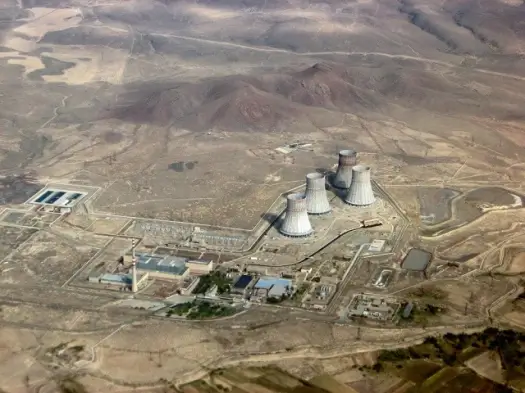
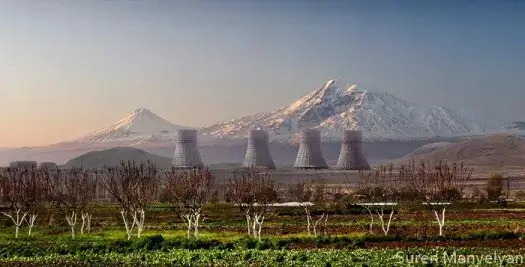
https://wikimapia.org/4963743/Metsamor-Nuclear-Power-Plant
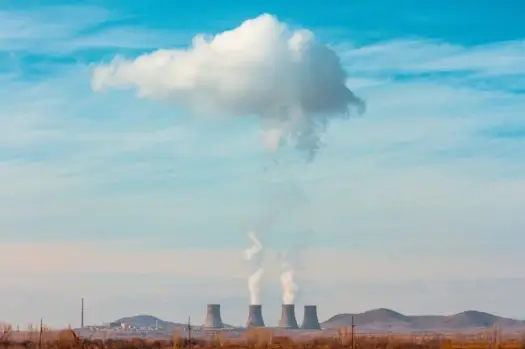
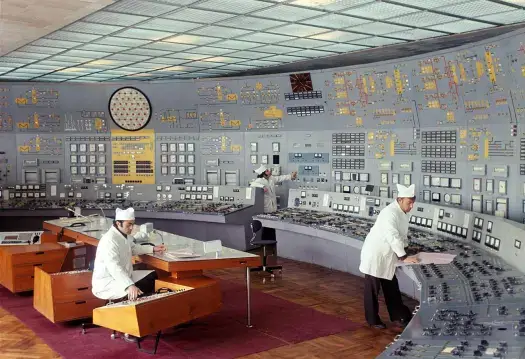
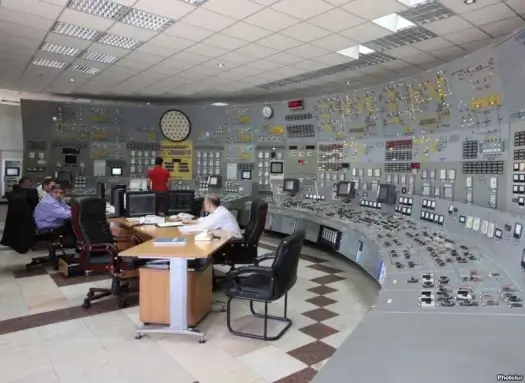
According to a study by 100 scientists from eight United Nations agencies, “Chernobyl produced additional 50 deaths over the following twenty years.” Most died soon after the accident. However, that’s just a tiny fraction of the deaths caused by burning coal or oil or natural gas.
(A round trip flight for the U. S. to Chernobyl will expose travellers to twice as much additional background radiation as their 2-day tour in the exclusion zone, which even includes a tour of the damaged plant).
Tours of Chernobyl Exclusion Zone
Extreme Tours of Chernobyl Exclusion Zone

Furthermore, the deformed and brain-damaged “Chernobyl children” that sensation-seeking TV programs occasionally feature are no different from similarly afflicted children elsewhere in Europe who received no fallout, but that information is never provided by anti-nuclear activists and the media. (Since Chernobyl, cancer rates in the Ukraine have been about 2/3 of the rate in Australia.)
Because of the erroneous, dangerous LNT theory and many dire predictions from people like Helen Caldicott (coming up in future episodes), many thousands of badly frightened European women endured needless abortions because they had become convinced that they were carrying monster babies.
Let’s separate the urban myths from Chernobyl’s scientific facts
Fukushima

Tepco’s Fukushima reactors began operation in 1971 and ran safely for 40 years, generating huge amounts of electricity without creating any CO2 or air pollution, but then, in 2011, came a record-setting earthquake – Tōhoku.


During the earthquake, which actually shifted Honshu, Japan’s main island, 8 feet eastward, all of Japan‘s 52 reactors shut down properly, including those at Fukushima.

However, the quake destroyed the plant’s connections to the electrical grid, which required emergency generators to power the systems that cooled the still-hot reactors.
Although three of Tepco’s six nuclear reactors were off-line when the quake struck, five were eventually doomed because:
1. In 1967, Tepco removed 25 meters from the site’s 35-meter seawall to ease bringing equipment ashore.
2. Tepco replaced the original seawall with only a six-meter seawall.
3. The Japanese government advised Tepco to raise it, but Tepco declined – and the government did nothing.
4. Tepco had inexplicably placed five of its six emergency generators in the basements.
5. The tsunami flooded all but #6.
6. Batteries powered the controls for about 8 hours, and then failed. Without coolant, meltdown was assured.
Reactors 1 – 4 are useless, and number 5 is damaged, but reactor 6 was unaffected because its back-up equipment was intelligently sited well above the tsunami’s reach. Reactor 6 is capable of producing power, but it has not been started, largely because of the anti-nuclear hysteria fanned by most of the Japanese press.
FAQ: Radiation from Fukushima – Woods Hole Oceanographic Institution

There were warnings: All along the coast, ancient “Sendai stones” have been warning residents to avoid building below 150 feet above sea level for centuries.
The Onagawa nuclear plant, which was closer to the epicenter of the quake, also survived the quake, and its 45-foot high seawall easily blocked the tsunami. The tsunami took more than 15,000 lives, but Fukushima’s seawall failure took the lives of just two workers who drowned.
Onagawa: The Japanese nuclear power plant that didn’t melt down on 3/11
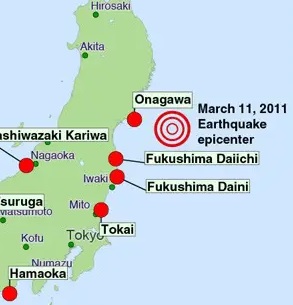
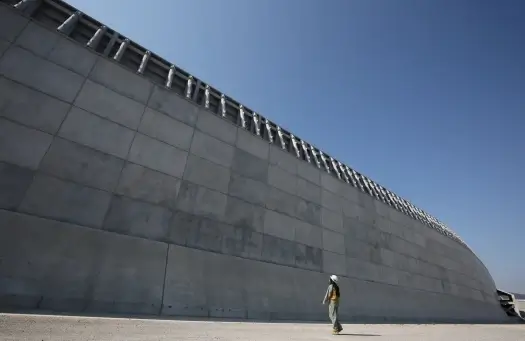
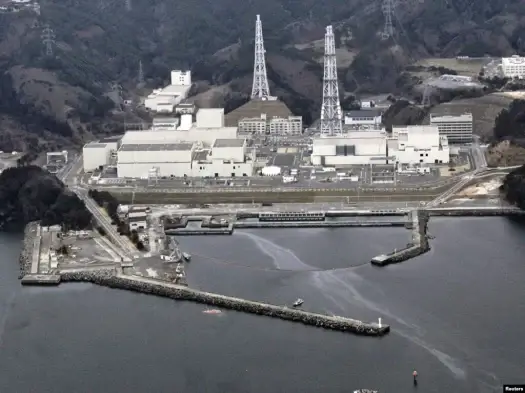
Coming up next week, Episode 14 – What’s Up Doc? – Tremors from Fukushima
Links and References
1. Next Episode – Episode 14 – What’s Up Doc? Tremors from Fukushima
2. Previous Episode – Episode 12 – The Dismay of Radiophobia
3. Launching the Unintended Consequences Series
4. Dr. George Erickson on LinkedIn
5. Dr. George Erickson’s Website, Tundracub.com
6. The full pdf version of Unintended Consequences
7. https://energytransition.org/2015/02/french-energy-transition-german-energiewende-comparison/
8. https://twitter.com/PPchef
9. https://www.euractiv.com/section/energy/news/finland-doubles-down-on-nuclear-power-as-coal-heads-out-the-door/
10. https://sputniknews.com/europe/201807061066095231-finland-nuclear-power-plants/
11. https://www.youtube.com/watch?v=ojrsr3oxGLA
12. https://jameslovelock.org/
13. https://en.wikipedia.org/wiki/James_Lovelock
14. https://www.linkedin.com/in/robert-bryce-3b5a5b4/
15. https://www.nrc.gov/docs/ML1926/ML19267A173.pdf
16. https://www.bloomberg.com/news/articles/2021-03-30/duke-says-it-can-t-reach-carbon-cutting-targets-without-nuclear
17. https://www.eia.gov/todayinenergy/detail.php?id=13091
18. https://www.centrusenergy.com/who-we-are/history/megatons-to-megawatts/
19. https://en.wikipedia.org/wiki/Megatons_to_Megawatts_Program
20. https://edition.cnn.com/2013/11/03/world/nuclear-energy-climate-change-scientists-letter/
21. http://www.columbia.edu/~jeh1/
22.
https://www.forbes.com/sites/jamesconca/2012/06/10/energys-deathprint-a-price-always-paid/
23. https://www.linkedin.com/in/michael-shellenberger-019631a8/
24. https://www.nrc.gov/reading-rm/doc-collections/fact-sheets/3mile-isle.html
25. https://en.wikipedia.org/wiki/Chernobyl
26. https://www.tepco.co.jp/fukushima/
27. https://en.wikipedia.org/wiki/Three_Mile_Island_accident
28. https://en.wikipedia.org/wiki/The_China_Syndrome
29. https://www.sciencedirect.com/science/article/abs/pii/0146572483901541
30. https://news.google.com/newspapers?id=sM1RAAAAIBAJ&pg=7107%2C772506
31. https://en.wikipedia.org/wiki/USS_Barracuda_(SSK-1)
32. https://en.wikipedia.org/wiki/Jimmy_Carter
33. President John F. Kennedy with Vice Admiral Hyman G. Rickover
34. http://www.navsource.org/archives/08/08795.htm
33. https://en.wikipedia.org/wiki/Hyman_G._Rickover
34. Bowman Testimony with Rickover submission
35. https://www.militaryfactory.com/aircraft/detail.php?aircraft_id=1335
36. https://counterspill.org/disaster/chernobyl-disaster
37. https://www.cbrnetechindex.com/Print/6357/biodex-medical-systems/radiacwash-
38. https://www.linkedin.com/in/alex-stephanus/
39. https://www.check-six.com/Crash_Sites/1986-Chernobyl-Mi-8.htm
40. https://en.wikipedia.org/wiki/Chernobyl_disaster
41. https://www.atomicheritage.org/profile/spencer-weart
42. https://www.amazon.com/Rise-Nuclear-Fear-Spencer-Weart/dp/0674052331
43. https://en.wikipedia.org/wiki/Iodine-131
43. https://pgeproject.wordpress.com/2021/05/04/metsamor-nuclear-power-plant-the-worlds-most-dangerous-plant/
44. https://www.linkedin.com/in/saahel-a-363a8392/
45. Metsamor Reactor 1 Control Room 1970s
46. Metsamor Reactor 1 Control Room 2011
47. https://wikimapia.org/4963743/Metsamor-Nuclear-Power-Plant
48. https://www.who.int/news/item/05-09-2005-chernobyl-the-true-scale-of-the-accident
49. https://chernobyltime.com/en/
50. https://realchernobyl.com/en/turs
51. https://www.cancer.gov/about-cancer/understanding/statistics
52. https://www.youtube.com/watch?v=C6-47HrCzjs
53. https://www.smh.com.au/national/let-s-separate-the-urban-myths-from-chernobyl-s-scientific-facts-20190705-p524f7.html
54. https://www.dailymail.co.uk/news/article-4356306/Endangered-species-thriving-Chernobyl.html
55. https://en.wikipedia.org/wiki/2011_T%C5%8Dhoku_earthquake_and_tsunami
56. https://earthobservatory.nasa.gov/images/148036/ten-years-after-the-tsunami
57. https://en.wikipedia.org/wiki/Fukushima_nuclear_disaster
58. https://www.gnfjapan.com/english/business/map.html
59. https://www.pe.com/2011/05/16/sendai-history-of-tsunamis-and-samurais/
60. https://thebulletin.org/2014/03/onagawa-the-japanese-nuclear-power-plant-that-didnt-melt-down-on-3-11/
61. https://en.wikipedia.org/wiki/Onagawa_Nuclear_Power_Plant
#UnintendedConsequences #GeorgeErickson #FissionEnergy #NuclearEnergy #ThreeMileIsland #Chernobyl #Fukushima #Armenia #Metsamor
